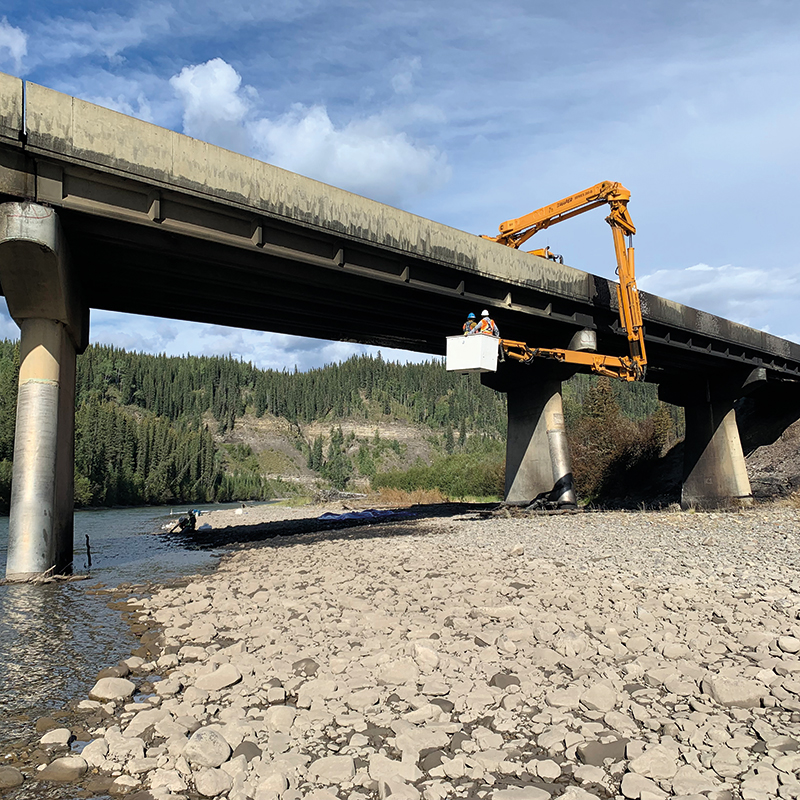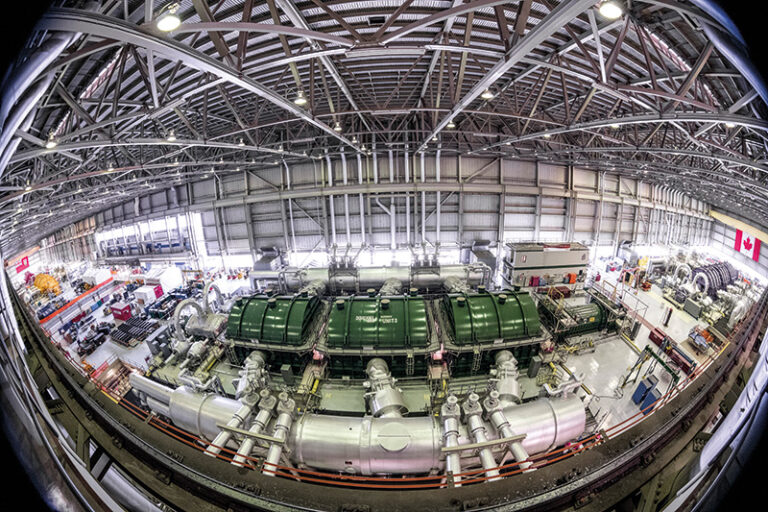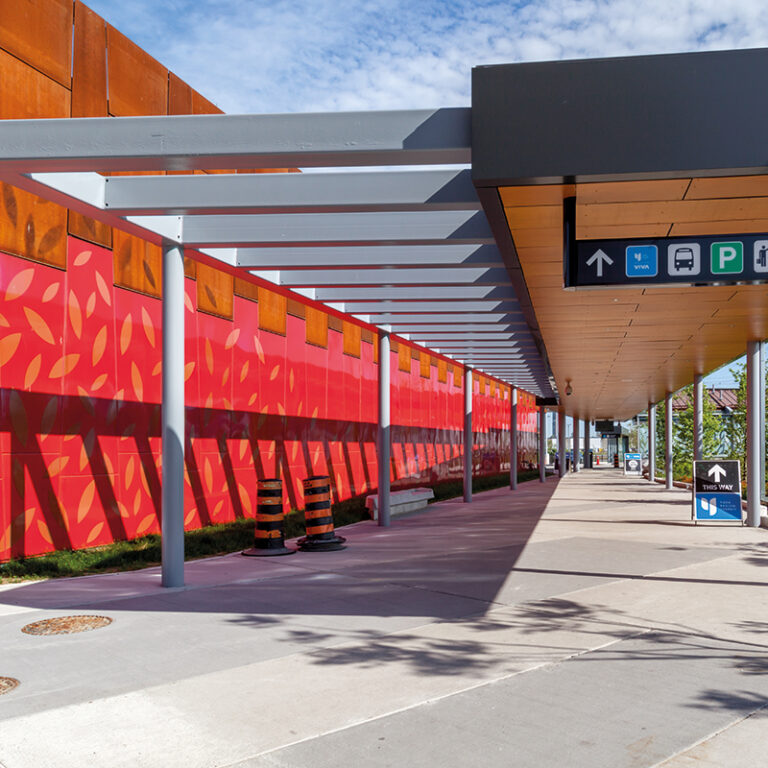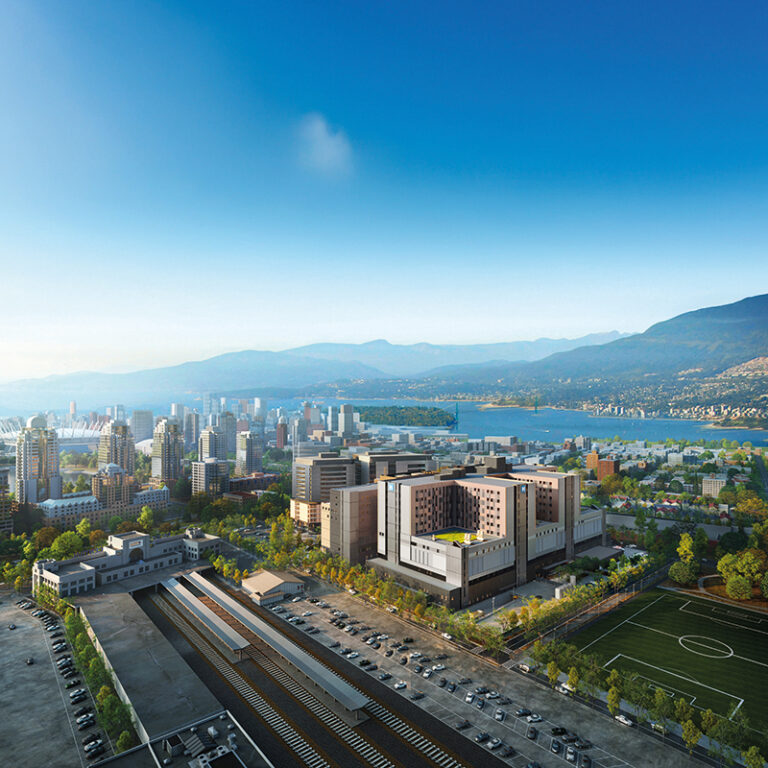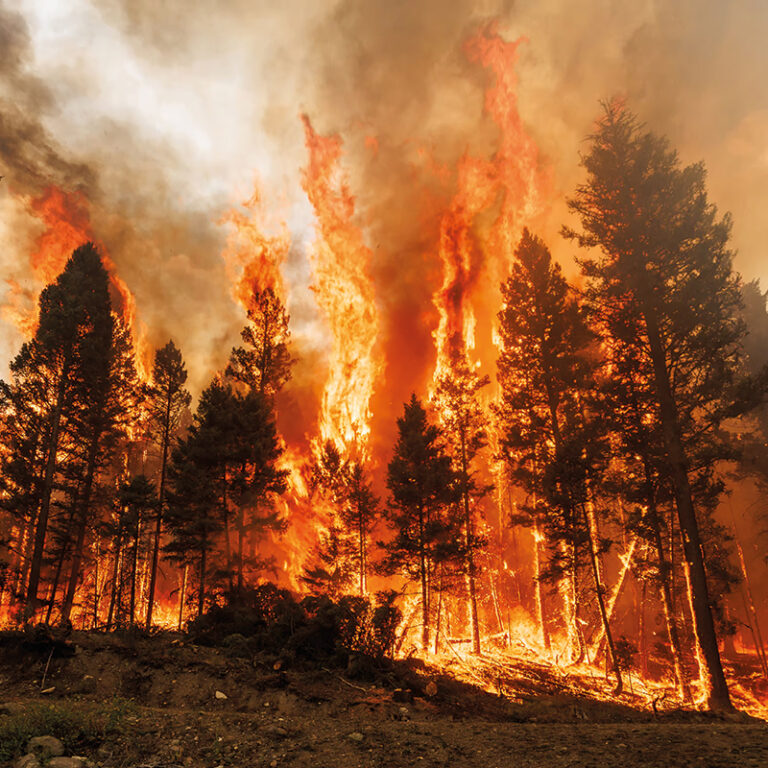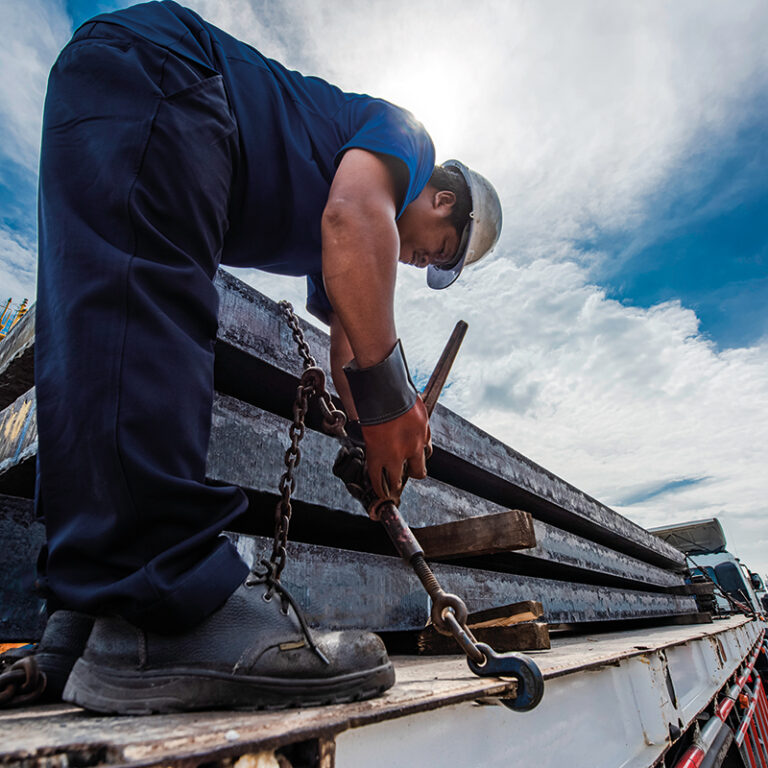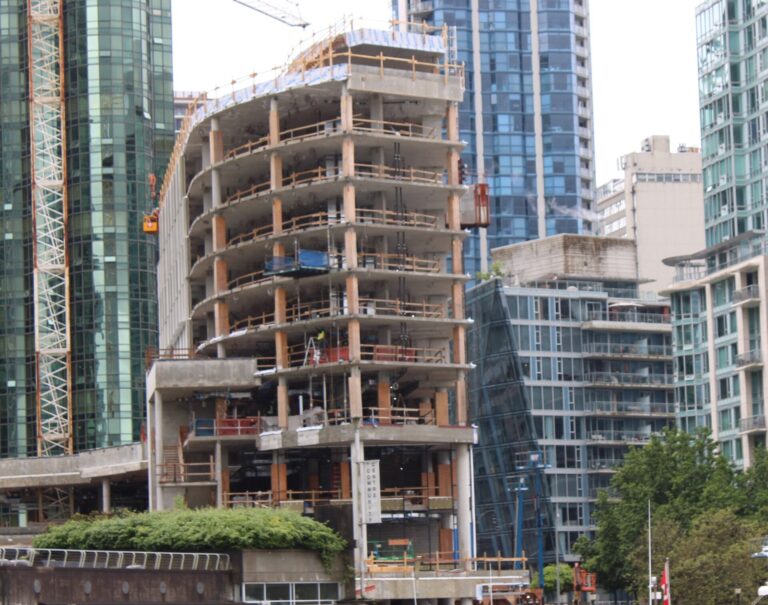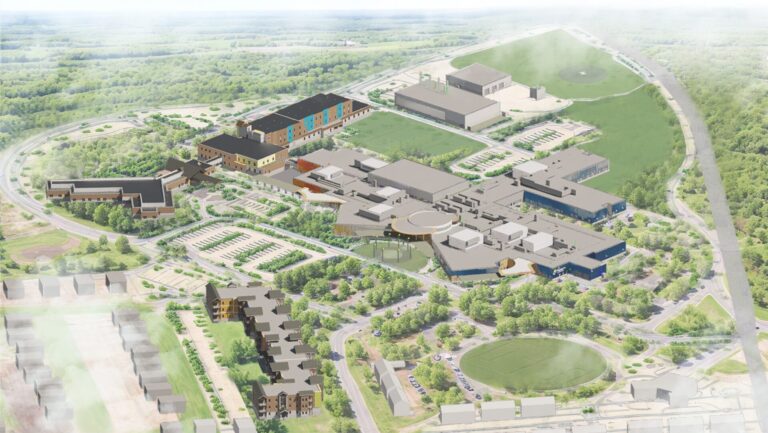By Matthew Bowser
When disaster strikes, and the call comes in, are you ready for what comes next? Do you know what gear to grab, what tech to take, what tests to run? Can you assess the situation calmly and efficiently? Do you know what team members can provide the appropriate background and analysis that will allow you to make the right decisions?
Every disaster, natural or man-made, comes with its own set of unique circumstances. Being prepared for those scenarios is crucial. People are counting on you. The clock is ticking. When that phone does ring, and you jump to your feet, you need to be ready for what comes next.
August 26, 2022
It was 6:30 on a Friday morning, and I was getting ready to wrap up the work week. My phone never rings at that time, so I knew it had to be important. It was.
A transport tanker had been travelling on the Alaska Highway, in northern B.C. and had made contact with the eastern approach barrier of the Sikanni Chief River Bridge, approximately 175 kilometres north of Fort St. John, which is a portion of the highway that is maintained and operated by Public Services and Procurement Canada (PSPC).
The truck was carrying a load of Condensate, Sweet—PG II, a flammable liquid, a portion of which then spilled onto the bridge deck and caught on fire. The bridge’s drainage system allowed for the condensate to seep down to the underside of the structure, thus spreading the fire to the girders below.
After hanging up the phone having agreed to attend the site, I immediately contacted members of our team that had experience with fire damage to concrete bridge structures. Their input would be vital for the inspection of the structure, helping to appreciate specific impacts to look for based on the nature of the blaze.
An hour after the call came in, I was on my first plane heading north. Last second flights to smaller communities from Vancouver Island aren’t easy to come by, so I had to make whatever plans necessary to get me to Fort St. John as soon as I could. The second flight, which would get me to Fort St. John, boarded at 8:35 am, and two hours later I was picking up a rental truck equipped with the appropriate safety gear.
By the time I arrived at the scene, the fire had been put out, but the heat from the place was still very noticeable. Blackened surfaces were evident through basic observation, but only a closer inspection would reveal any real damage that had been caused. The site was still being openly investigated, so I had to wait for clearance from local law enforcement before being allowed on the bridge. At 1:56 pm, the Royal Canadian Mounted Police (RCMP) cleared me to enter the site, and the rapid bridge assessment began.
A rapid damage assessment was completed through visual inspection of the entire impacted area. In this case, damage was observed from both the bridge deck and from the ground level below the bridge. Significant sections of broken down (spalled) concrete were observed on the underside of the girders on Span 1 and Span 2, along with localized areas of spalled concrete on the underside of the girders within Span 3. Within Spans 1 and 2, the most severe damage was on the exterior girders near the deck drain outlets. The bridge deck also showed signs of fire damage, specifically on the parapets (railings), with exposed aggregate and localized spalling on the traffic face of the concrete barriers on the south end of the bridge.

Following the visual inspection of the site, I interviewed the individual who was responsible for fighting the blaze. During that interview, it was realized that a tandem axle water truck was used for fire suppression and had driven down the centre portion of the bridge. The water truck was filled five times (at the north approach to the bridge) and travelled the full length of the bridge to fight the fire at the south approach. This resulted in 10 passes of the truck over the entire length of the bridge, five passes with the truck full of water, and five passes with the truck empty. The water truck vehicle registration was reviewed, and the net vehicle weight was listed as 19,700 kg with an operating gross vehicle weight (GVW) of 29,550 kg.
The bridge being able to support the fully loaded water truck over its entire length for five passages during the response to the fire was an important consideration in the rapid damage assessment that led to a determination that the bridge could be re-opened to single rear axle passenger vehicles in a single lane alternating configuration down the centre of the bridge. Based on this recommendation, the bridge was re-opened under these restrictions immediately, once the police released the site back to the owner.
At 6:35 pm the RCMP and the coroner completed their investigation of the scene and at 6:49 pm the bridge was re-opened to restricted traffic.
While the immediate threat had been contained and restricted traffic had been restored, there was still the need to fully understand the overall damage that had been done. This resulted in immediate initiation of an intensive specialized testing program that included petrographic examination of the heat effected concrete. In parallel with the testing program, structural analysis of the bridge in its damaged state was completed. During this time, restricted traffic was able to continue to flow across the bridge with a phased re-opening to full unrestricted traffic as the test results came available and were integrated into the structural evaluation and load rating.
While the damage to the bridge was severe, it was fortunate that all of the bridge spans were salvageable, and that full unrestricted traffic was restored in a timely manner. However, much of this was thanks to knowing who to call to have the structure assessed, the knowledge of what needed to be observed and how, and the swift ability to analyze the information presented to determine next steps. Because of this we were able to get traffic moving through the area in a timely and efficient manner.
Disasters happen. Knowing how to respond to them efficiently and effectively is crucial in minimizing the impact on those people who count on the functionality of the asset on a day-to-day basis.
Matthew Bowser is a Senior Manager, Bridges, BC/Yukon, at WSP in Canada.
[This article appeared in the March/April 2025 issue of ReNew Canada.]
Featured image: When a truck carrying flammable liquid struck the bridge, a portion of the liquid spilled onto the bridge deck and caught on fire. The bridge’s drainage system allowed for the condensate to seep down to the underside of the structure, thus spreading the fire to the girders below. (WSP)

